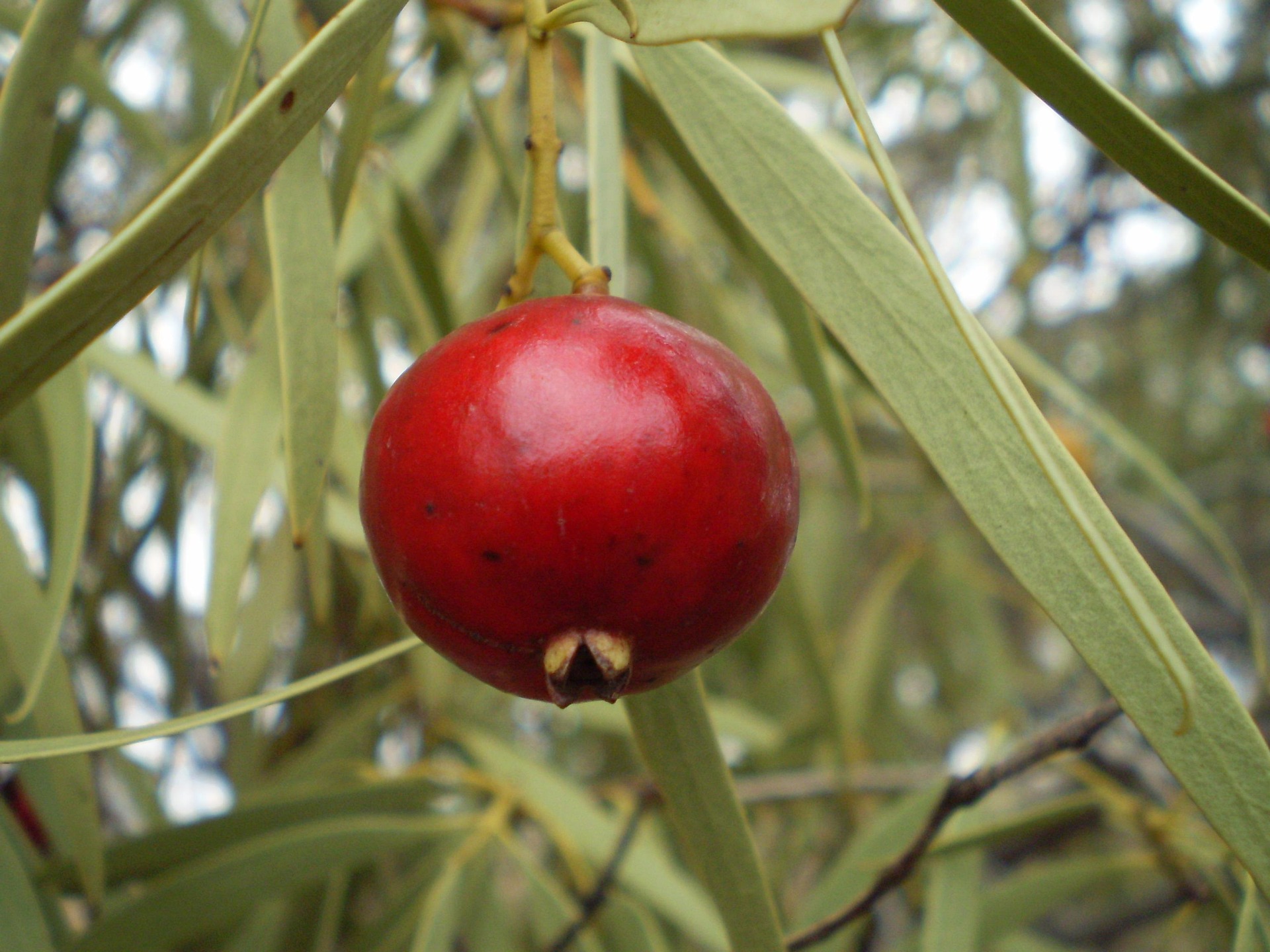Savour the Richness: An Introduction to Georgian Cuisine
Imagine a cuisine that takes the best of Eastern and Western culinary traditions and blends them into a unique gastronomic experience. This is the essence of Georgian cuisine, a little known but incredibly diverse culinary art form that is worth exploring.

From the Vineyards of the Caucasus Mountains
Georgia’s culinary heritage is deeply intertwined with its geography. Nestled at the crossroads of Europe and Asia, this country is blessed with fertile soils and a mild climate. The Caucasus mountains are home to some of the oldest vineyards in the world, and wine is a cornerstone of Georgian cuisine. The tradition of winemaking in clay vessels, known as qvevri, adds a unique depth and complexity to the wines.
The Art of Supra: More than a Meal
A Georgian feast, or supra, is as much about the food as it is about the camaraderie and the storytelling. The table is laden with a variety of dishes, all served at once, and the meal is led by a toastmaster, or tamada, who proposes toasts throughout the meal. This practice adds a social and cultural dimension to the dining experience that is truly unique to Georgian cuisine.
The Harmony of Flavours: Exploring Georgian Dishes
Georgian cuisine is marked by a harmonious blend of flavours. Walnuts, pomegranates, and aubergines are staple ingredients, used in creative and unexpected ways. Khachapuri, a cheese-stuffed bread, is a must-try. Kinkali, juicy dumplings filled with meat and spices, are a favourite comfort food. Vegetarians will relish the array of salads and vegetable dishes like pkhali, a spread made with spinach, walnuts, and spices.
The Power of Spices: The Georgian Spice Palette
Spices play a significant role in Georgian cuisine. The signature spice blend, khmeli suneli, is a mix of coriander, fenugreek, marjoram, and other spices that give Georgian dishes their distinctive flavour. Ajika, a spicy and aromatic paste made with red pepper, garlic, and a variety of herbs, adds a kick to many dishes.
Unique Beverages: Beyond Wine
While wine is a significant part of Georgian culture, other traditional beverages are worth exploring. Chacha, a strong grape brandy, is often served at celebrations. Tarkhuna, a soft drink made with tarragon, offers a refreshing alternative.
-
Georgian cuisine is one of the oldest in the world, with archaeological evidence of winemaking dating back 8,000 years.
-
The supra is a UNESCO Intangible Cultural Heritage, recognising its importance in Georgian culture.
-
Georgian cuisine has a balance of meat-based and vegetarian dishes, making it an inclusive option for diverse dietary preferences.
In conclusion, diving into Georgian cuisine is an exploration of rich flavours, ancient traditions, and unique culinary experiences. In a world where food is increasingly globalised, Georgian cuisine offers an opportunity to savour something truly different and authentic. So, why not take your taste buds on a journey to the crossroads of Europe and Asia and embrace the richness of Georgian cuisine?




